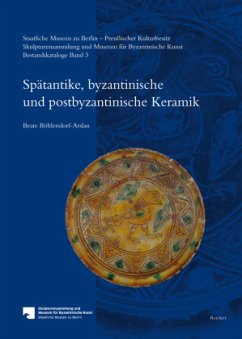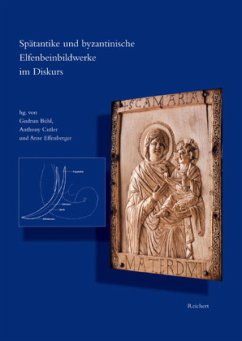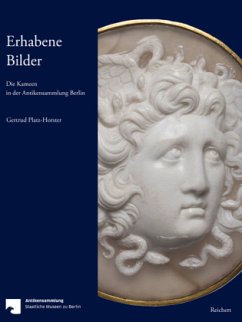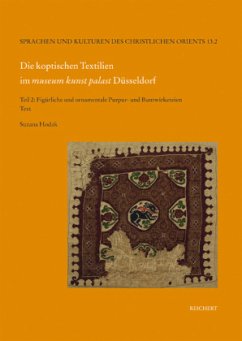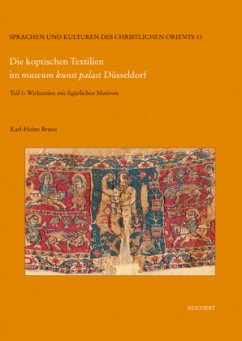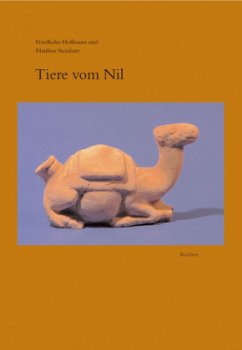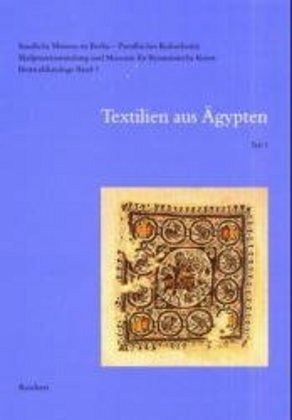
Textilien aus Ägypten / Skulpturensammlung und Museum für Byzantinische Kunst, Bestandskataloge Bd.1, Tl.1
Textilien aus dem Vorbesitz von Theodor Graf, Carl Schmidt und dem Ägyptischen Museum Berlin
Bearb. v. Cäcilia Fluck, Petra Linscheid u. Susanne Merz
Versandkostenfrei!
Versandfertig in 2-4 Wochen
92,00 €
inkl. MwSt.

PAYBACK Punkte
0 °P sammeln!
This catalogue is the first of three volumes presenting the (so far) unpublished part of the large collection of Late Antique to Early Islamic textiles from Egypt in the Museum für Byzantinische Kunst Berlin. Complete garments, cloth assemblages from burials, and rarities both in textile function and technique will be important objects for the further study of ancient textiles. A photo and a technical analysis accompany each of the 173 catalogue entries. The object description puts special emphasis on the function of the individual cloth. Introductory essays about origin, techniques, construc...
This catalogue is the first of three volumes presenting the (so far) unpublished part of the large collection of Late Antique to Early Islamic textiles from Egypt in the Museum für Byzantinische Kunst Berlin. Complete garments, cloth assemblages from burials, and rarities both in textile function and technique will be important objects for the further study of ancient textiles.
A photo and a technical analysis accompany each of the 173 catalogue entries. The object description puts special emphasis on the function of the individual cloth. Introductory essays about origin, techniques, construction of garments, iconography and dating of the textiles, as well as an article about the dye analysis, summarize the various researches undertaken. Explanatory drawings, a glossary, a large bibliography and 16 colour plates make the catalogue pleasant to handle.
A photo and a technical analysis accompany each of the 173 catalogue entries. The object description puts special emphasis on the function of the individual cloth. Introductory essays about origin, techniques, construction of garments, iconography and dating of the textiles, as well as an article about the dye analysis, summarize the various researches undertaken. Explanatory drawings, a glossary, a large bibliography and 16 colour plates make the catalogue pleasant to handle.
Dieser Artikel kann nur an eine deutsche Lieferadresse ausgeliefert werden.




